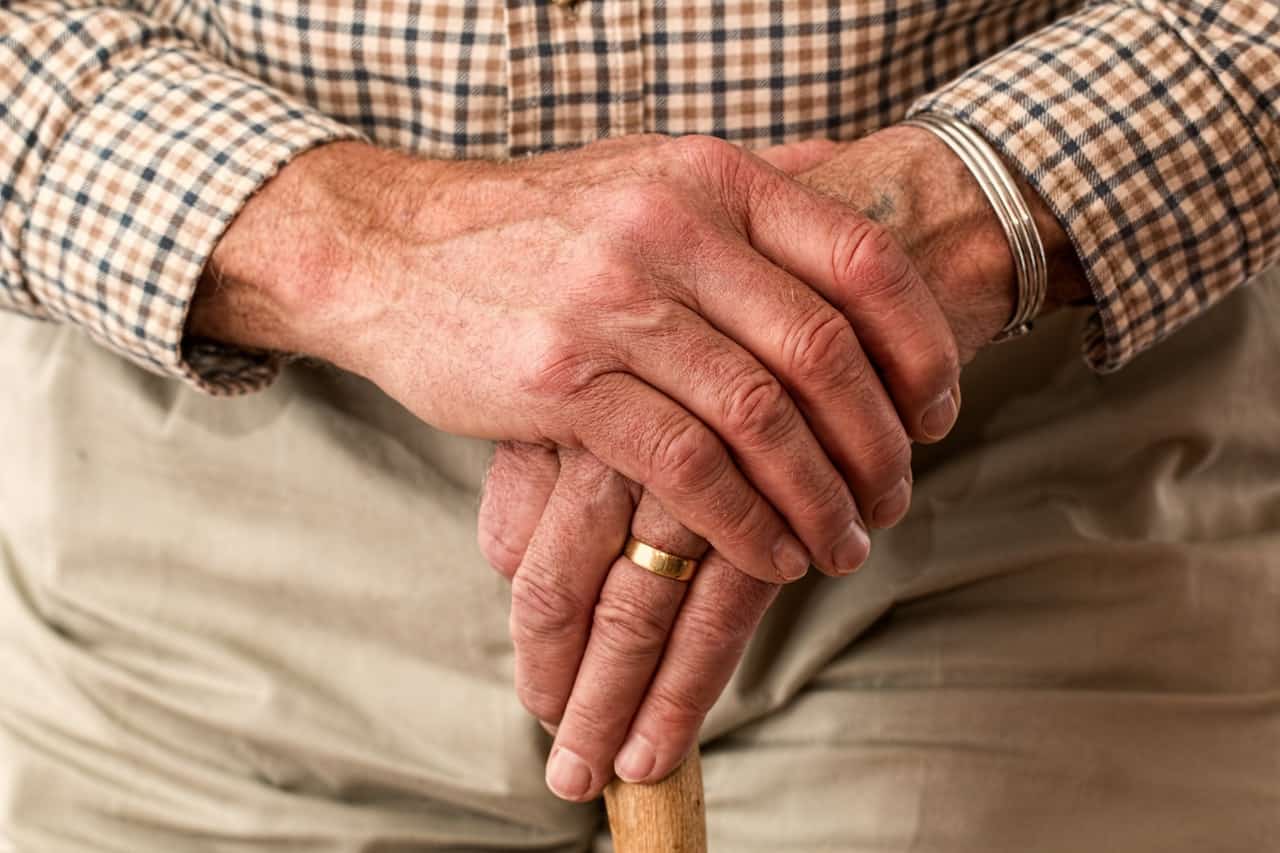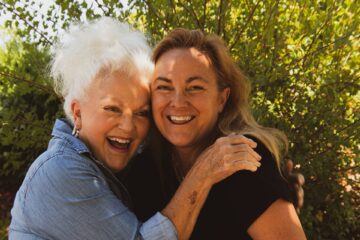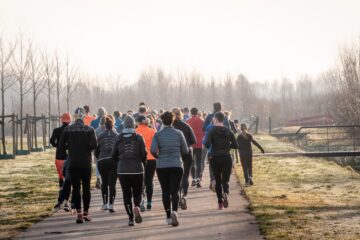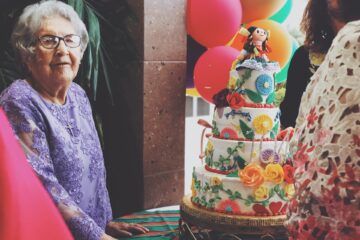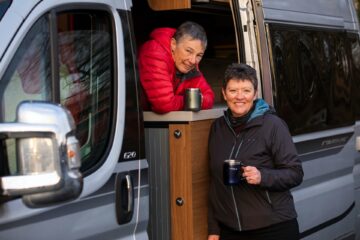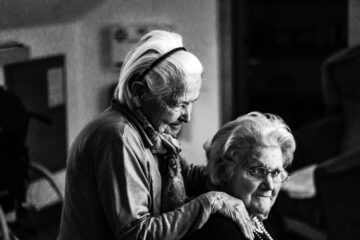First of all, osteoporosis is a condition of the skeleton that combines a decrease in bone density and changes in its microarchitecture.
According to the WHO, the world health organization, it is one of the 10 most common diseases. This disease affects mainly menopausal women: more than 2.5 million women are affected by osteoporosis.
WHAT IS OSTEOPOROSIS IN THE ELDERLY?
The loss of bone strength characterizes osteoporosis. In addition, it remains asymptomatic for a long time. The first appearance can be spontaneous fractures without external shock.
WHAT ARE THE CAUSES?
Osteoporosis can appear as a result of a disruption of the balance between the cells that build bone and those that destroy it.
For 95% of patients, it is primary osteoporosis: it has no direct cause, however this primary osteoporosis will depend on age, hormonal and calcium metabolism. Because of their reduced bone mass, thin people seem to be affected more often.
The main cause of osteoporosis is a decrease in estrogen concentrations that occurs after menopause.
Secondary osteoporosis, on the other hand, may be favored by certain diseases, such as:
- Disorders of calcium and cortisol metabolism;
- Thyroid diseases (hyperthyroidism)
- Endocrine disorders (diabetes);
- Chronic gastrointestinal diseases
RISK FACTORS FOR OSTEOPOROSIS IN THE ELDERLY
Among the risk factors, we note:
- Age: people older than 65 years;
- Gender: 1 in 3 women are affected after the age of 50, compared to 1 in 7 men;
- Deficiencies of vitamin D and nutrients such as calcium;
Heredity; - Lack of physical activity;
- Chronic diseases (cancer, chronic respiratory tract diseases, chronic gastrointestinal diseases, and rheumatism (arthritis, osteoarthritis);
- Excessive consumption of nicotine, alcohol, coffee;
- Cortisone-based medications, laxatives;
- Too much meat consumption
- Early menopause;
- Eating disorders (anorexia, bulimia);
OSTEOPOROSIS SYMPTOMS IN THE ELDERLY
Bone fractures, sources of pain, are a warning because, as we have seen, osteoporosis remains asymptomatic, that is, osteoporosis can appear with a complication: hip or vertebral fracture. Other symptoms in the elderly include:
- Spontaneous fractures with no apparent cause;
- Bone pain, especially in the back;
- Gradual decrease in size: a reduction of 3 cm is an indication of possible osteoporosis;
- Hardening of the muscles due to bad posture;
TREATMENTS AND PREVENTION
Osteoporosis is a difficult disease to treat so we look for prevention.
In terms of prevention, it is recommended to:
- Consuming calcium-rich foods that can be easily assimilated;
- Eating calcium-containing vegetables regularly, such as fennel, green cabbage, broccoli, and fruits such as currants, raspberries;
- Eating several calcium-rich meals spread throughout the day. Older people are usually deficient in vitamin D due in particular to dietary deficiency (eggs, fish) and aging skin. Thus, additional vitamin D intake would reduce the incidence of hip fracture in people over 65. Starting at age 70, taking vitamin D supplements is recommended.
- Make sure you consume enough vitamin K contained in green vegetables, dairy products, meat, cereals and fruits.
Exercise, preferably outdoors, because physical activity promotes bone anabolic, its synthesis. For strengthening the bones, tai chi, water gymnastics, and walking are recommended. So, physical activity stimulates the creation of bone mass and will allow the elderly person to train in coordination, balance, and muscle strength.
Treatments promote relief from symptoms and slow their progression. Thus, once the disease is confirmed , prompt treatment should be implemented to prevent bone fractures. Without proper treatment, osteoporosis can lead to prolonged bed rest.
In conclusion, any bone fracture avoided preserves the quality of life of the elderly person. With age, hip fracture accidents increase, 90% of hip fractures occur after 70 years.

